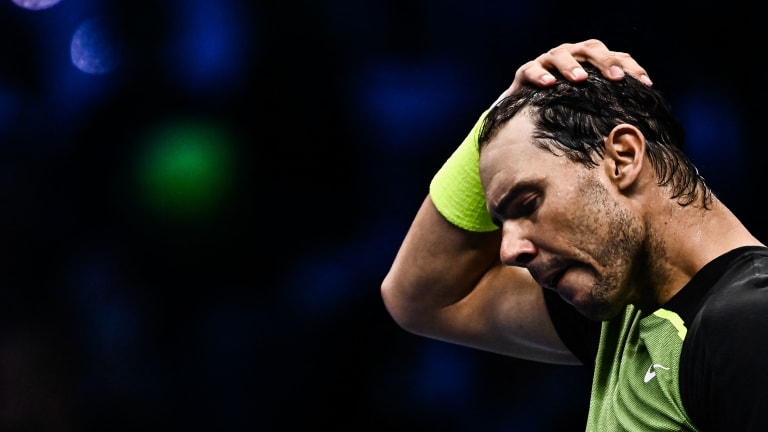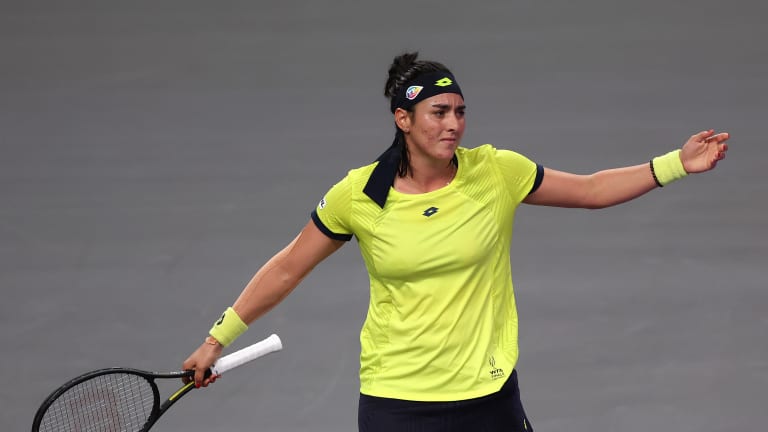Your Game
You’ve missed, but was it really an unforced error?
By Dec 19, 2022Your Game
Tecnifibre releases special-edition Danille Collins pickleball paddle
By Oct 04, 2025Your Game
Racquet Preview: Solinco unveils Blackout V2
By Sep 24, 2025Your Game
Geared Up: Victoria Mboko is turning heads in all Wilson
By Sep 23, 2025Your Game
Racquet Review: Dunlop CX 200 (18x20) Limited Edition
By Sep 17, 2025Your Game
Racquet Review: Wilson Ultra Pro 99 v5
By Sep 14, 2025Your Game
Yonex goes dark on Percept racquet line
By Aug 28, 2025Your Game
Babolat gives the Pure Strike a makeover with carbon grey cosmetic
By Aug 25, 2025Your Game
Head launches second edition of Speed Legend series
By Aug 24, 2025Your Game
Asics releases its Night Energy Collection
By Aug 23, 2025You’ve missed, but was it really an unforced error?
The unforced error is a backbone of tennis statistical analysis, but how fair of an assessment is it?
Published Dec 19, 2022
Advertising

Coaches and tennis analysts alike agree: No tennis player misses a shot in a vacuum.
© AFP via Getty Images
Advertising

The unforced nature is, at its core, highly subjective, and therefore, it's a limited tool for tennis analysis.
© Getty Images

Casper Ruud made 29 unforced errors in the US Open men's final.
© Getty Images